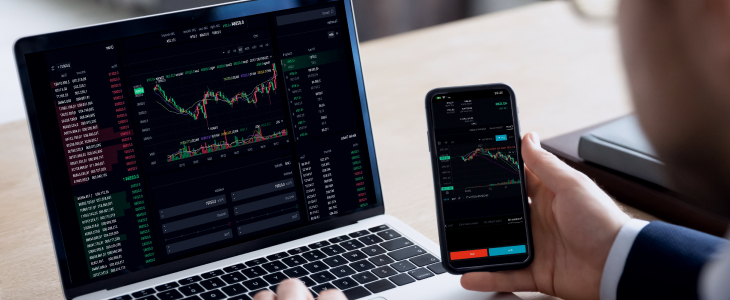
Ultimate Guide to Forex Trading Indicators: Maximize Your Trading Strategy
In the dynamic world of Forex trading, having the right tools at your disposal is crucial for success. Trading indicators provide traders with essential insights into market trends and price movements. For those who want to delve deeper into this topic, you can visit forex trading indicators onlinetrading-cm.com. In this article, we will explore the various types of Forex trading indicators, how they work, and how you can effectively utilize them to enhance your trading strategy.
What Are Forex Trading Indicators?
Forex trading indicators are mathematical calculations based on the price, volume, or open interest of a currency pair. These indicators can help traders identify potential trading opportunities, market trends, and other significant price movements. They come in various forms, including leading and lagging indicators, each serving a different purpose in trading strategies.
Types of Forex Trading Indicators
There are several categories of Forex trading indicators, each with unique functions and analyses. Below are some of the most commonly used indicators:
1. Trend Indicators
Trend indicators help traders identify the direction of the market. Knowing whether a currency pair is trending upwards, downwards, or moving sideways can influence trading decisions. Popular trend indicators include:
- Moving Averages (MA): These indicators smooth out price data to identify the direction of the trend over a specific period. The two types are Simple Moving Average (SMA) and Exponential Moving Average (EMA).
- Average Directional Index (ADX): The ADX measures the strength of a trend, helping traders determine if the market is trending strongly or if it is consolidating.
2. Momentum Indicators
Momentum indicators measure the speed of price movements and are used to identify potential reversals or continuation of trends. Key momentum indicators include:
- Relative Strength Index (RSI): RSI values range from 0 to 100 and indicate overbought or oversold conditions, helping traders identify potential reversal points.
- Stochastic Oscillator: This indicator compares a currency pair’s closing price to its price range over a specified period, assisting traders to pinpoint overbought or oversold conditions.

3. Volatility Indicators
Volatility indicators measure the degree of variation in price movements, providing insight into market volatility. Common volatility indicators include:
- Bollinger Bands: These bands consist of a middle band (SMA) and two outer bands that vary based on market volatility. The bands expand and contract based on price movements.
- Average True Range (ATR): ATR measures market volatility by calculating the average range between high and low prices over a specific period.
4. Volume Indicators
Volume indicators analyze the number of shares or contracts traded in a security or market during a given period. These indicators serve as confirmation of trends. Popular volume indicators include:
- On-Balance Volume (OBV): This indicator uses volume flow to predict changes in stock price. A rising OBV indicates buying pressure, while a falling OBV suggests selling pressure.
- Chaikin Money Flow (CMF): This indicator combines price and volume to assess the buying and selling pressure over a specific period.
How to Use Forex Trading Indicators Effectively
To utilize Forex trading indicators effectively, consider the following tips:
1. Combine Different Indicators
Rather than relying on a single indicator, combine different types to achieve a comprehensive view of market dynamics. For instance, use a trend indicator with a momentum indicator to confirm signals before executing trades.
2. Set Clear Entry and Exit Points
Define your trading strategy by setting clear entry and exit points based on indicator signals. This approach minimizes emotional trading and allows for more disciplined strategies.
3. Backtest Your Strategies

Before applying indicators to live trading, backtest your strategies using historical data. This practice helps you understand how the indicators would have performed under different market conditions.
4. Stay Updated with Market News
Forex markets can be affected by economic news and events. Stay updated on news releases and events that could impact currency pairs, and adjust your trading strategies accordingly.
The Importance of Risk Management
While trading indicators can provide valuable insights, they are not foolproof. Implementing effective risk management strategies is crucial to protect your capital:
1. Set Stop-Loss and Take-Profit Levels
Always set stop-loss orders to limit potential losses. Similarly, take-profit levels help secure gains when the price reaches a predetermined level.
2. Use Proper Position Sizing
Determine the appropriate position size based on your risk tolerance. Never risk more than a small percentage of your trading capital on a single trade.
3. Keep Emotions in Check
Avoid letting emotions dictate your trading decisions. Stick to your trading plan and use indicators as part of objective analysis.
Conclusion
Forex trading indicators are vital tools that can help traders navigate the complex world of currency trading. Understanding the different types of indicators and learning how to use them effectively can significantly improve your trading strategy. Remember to combine indicators, stay disciplined, and always prioritize risk management to enhance your trading results. As you develop your skills, continue to explore and learn about new indicators, as the markets are always evolving.
